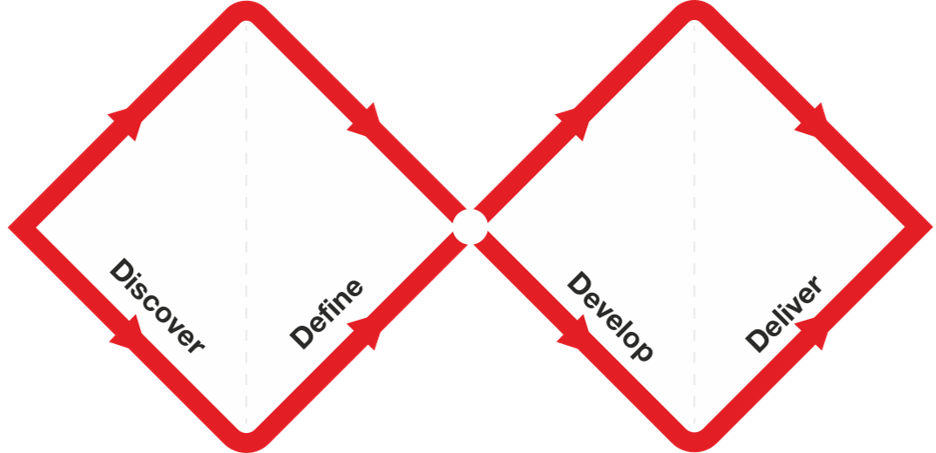Coffee mode and beer mode
|
Creativity isn’t a talent. It's a way of operating. Read on hasmukhkerai.com Read time: 3 mins Hi Reader, I'm often mislabelled as "creative". It doesn't fit me and I don't like it. But I do love exploring ideas and spotting unexpected opportunities. The best ones happen when I’m open to them. These moments aren’t random. We can create more of them than we think. The trick? Knowing when to explore and when to focus. Most people don’t. They either stay stuck in the idea phase or rush to execution too soon. The result? Forced, repetitive, and incomplete ideas. Think of those stiff "brainstorming meetings" at work. Now, compare them to the free-flowing chats that happen after hours. One feels forced. The other, effortless. That’s the difference between open and closed modes of thinking. Today, we’ll explore how to use both at the right time. At a glance:
Beer mode (open mode) A state of relaxation, curiosity, and play. This is where ideas emerge freely, without pressure or immediate judgement. A loose, exploratory mindset where unexpected connections can form. The period where you wander and let ideas take shape without structure. This mode allows for serendipity. It fosters those "aha" moments that wouldn't occur under rigid conditions.
(Video made with Adobe Firefly) But, if you stay here too long, you risk idea overload without action. It can still be structured, by simply setting time aside for a walk, journalling, or talk through ideas without constraints. Then, move into the next phase. Coffee mode (closed mode) A focused, structured mindset where decisions are made, and ideas take shape. It's the productive grind where ideas turn into execution. In this mode, you're no longer brainstorming aimlessly but refining, structuring, and implementing. This is where strategy, deadlines, and clarity matter. When you're ready to execute, eliminate distractions, set clear goals, and focus entirely on refining your best ideas. Headphones on. Mouths closed. The double diamond model Bringing it all together, the double diamond model from design thinking helps structure this process into four phases:
This way, you don't get stuck in either endless ideation of premature execution. You map your process onto this framework, which'll help you balance creativity and execution. Escape the algorithm Video: John Cleese on creativity in management (37 mins) - A speech from the legend in 1991 that still holds today. "Creativity is not a talent. It is a way of operating." Article: Beer Mode and Coffee Mode by David Perell. "Our best ideas rarely come alive in busyness. In beer mode, you find inspiration. And in coffee mode, you harvest that inspiration." Podcast: Optimise creativity and learning by Huberman Lab. We asked and he listened. New 30 min summarised versions make his knowledge more accessible.
Conclusion: If you got this far, you're part of 73% of subscribers, so thank you, Reader. It's been a while since we brought together the readers here. March could be a good time. After an issue on beer and coffee modes, I leave you with one simple question.
If a section has particularly interested you, click the link of the corresponding section. It helps me prepare future newsletters. If this email was forwarded to you, please consider subscribing. See you in two weeks. Peace, Has
Whenever you're ready, this is how I can help you:
- Get my toolkit (free). It contains the tools I'm using today - Book a video call. Let's work on content together.
|

